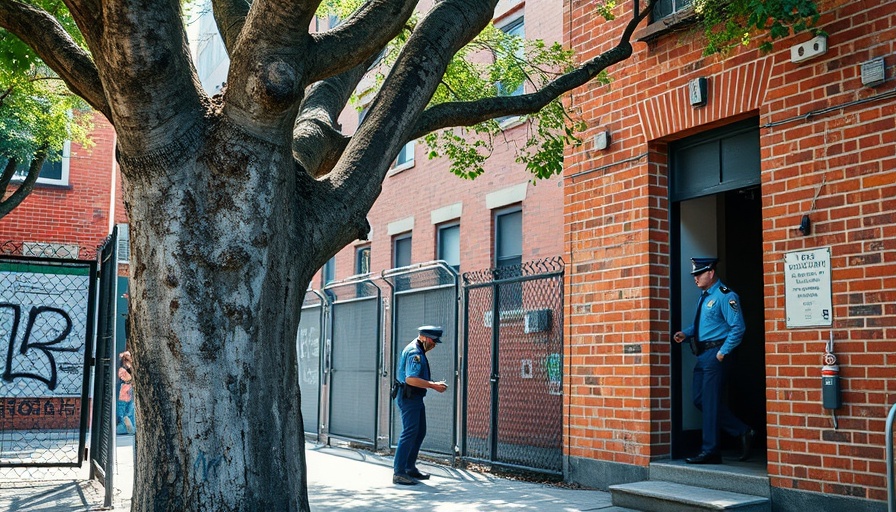
The Literary Heart of Greenwich Village: A 19th Century Retrospective
Greenwich Village, often affectionately known as “The Village,” has long been a bastion of creativity and inspiration. Its reputation as a nurturing ground for writers and thinkers has roots that go back to the 19th century, intertwining the lives of legendary figures including Thomas Paine, Edgar Allan Poe, and Mark Twain. With its low rents and bohemian ambiance, this historic district attracted not just residents but also artistic movements that shaped American literature and culture.
Embracing the Brook of Discontent: Thomas Paine’s Final Days
A towering intellectual figure of the American Revolution, Thomas Paine authored powerful pamphlets advocating for independence. However, by the time he settled in Greenwich Village, his popularity had waned. Paine spent his last years in mixed financial and health circumstances—a stark contrast to his earlier acclaim. His boarding house on Herring Street, a location that now houses Marie’s Crisis Cafe, stands as a symbolic tribute to his radical ideas and the spirit of resistance that permeated his works.
The Melancholic Genius: Edgar Allan Poe
As one of the most celebrated and tragic figures in American literature, Edgar Allan Poe left a profound mark during his brief time in Greenwich Village. Settling around Sixth Avenue and Waverly Place, he penned some of his most critical works, including 'The Raven.' The neighborhood's gothic aesthetic perfectly complemented Poe’s dark romanticism, establishing it as an incubator of literary greatness. His experiences amid the Village's spirited community were instrumental in shaping the depth and nuance of his writing.
A Village of Unconventional Thinkers: The Gilded Age Influence
At the heart of Greenwich Village is its vibrant literary society, which flourished during the Gilded Age. The likes of O. Henry and Emma Lazarus inhabited the village, sharing salons and public spaces that fostered deep discussions and innovative ideas. Their dialogues helped construct literary movements that transcended individual achievements, resulting in a collective force that redefined literature in America. The social dynamic of these gatherings provided an exceptional platform for the exchange of ideas and inspiration.
Choosing to Inspire: The Legacy Continues
Today, Greenwich Village stands as a testament to its rich literary heritage, inviting new generations to explore its storied past. As visitors stroll its historic streets, they are encouraged to absorb the same atmosphere that once inspired great minds. The legacy of the 19th-century literary inhabitants is palpable, reminding modern New Yorkers of the transformative power of community, creativity, and intellectual discourse.
The enchantment of Greenwich Village does not merely lie in the history of its famous residents; it resides in the very streets, cafes, and corners where ideas once thrived. Those searching for inspiration or a deeper understanding of American literary history can benefit immensely from delving into the past while enjoying the ever-evolving tapestry of this extraordinary neighborhood.
As the vibrant spirit of Greenwich Village continues to pulse through its cobblestone streets, one can’t help but be drawn to its rich literary tapestry. Whether you are revisiting old favorites or discovering new stories, the Village remains a haven for ideas and inspiration, urging us to keep the conversation alive.
 Add Row
Add Row  Add
Add 




Write A Comment